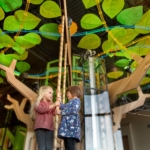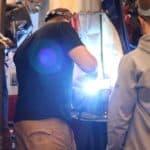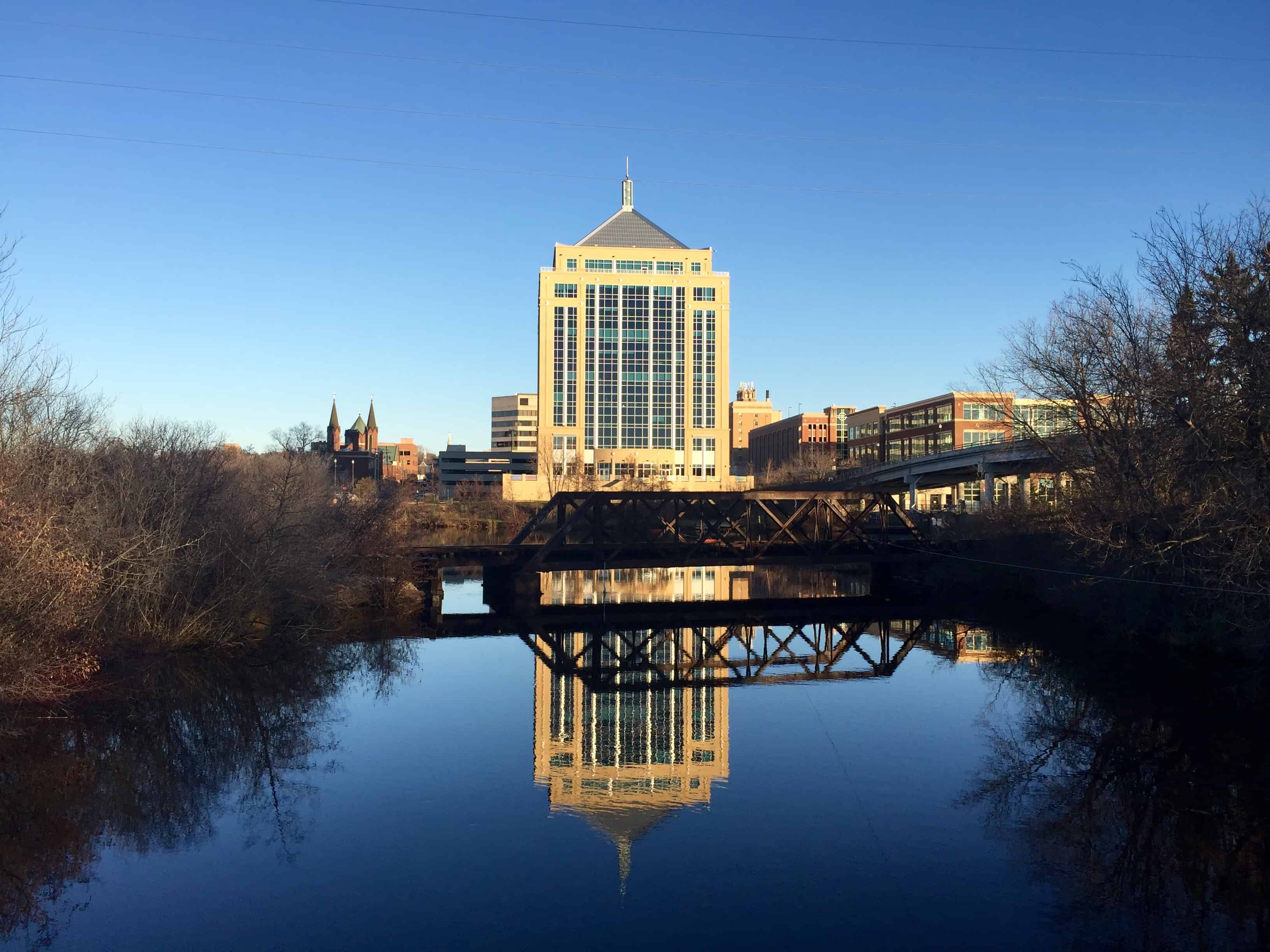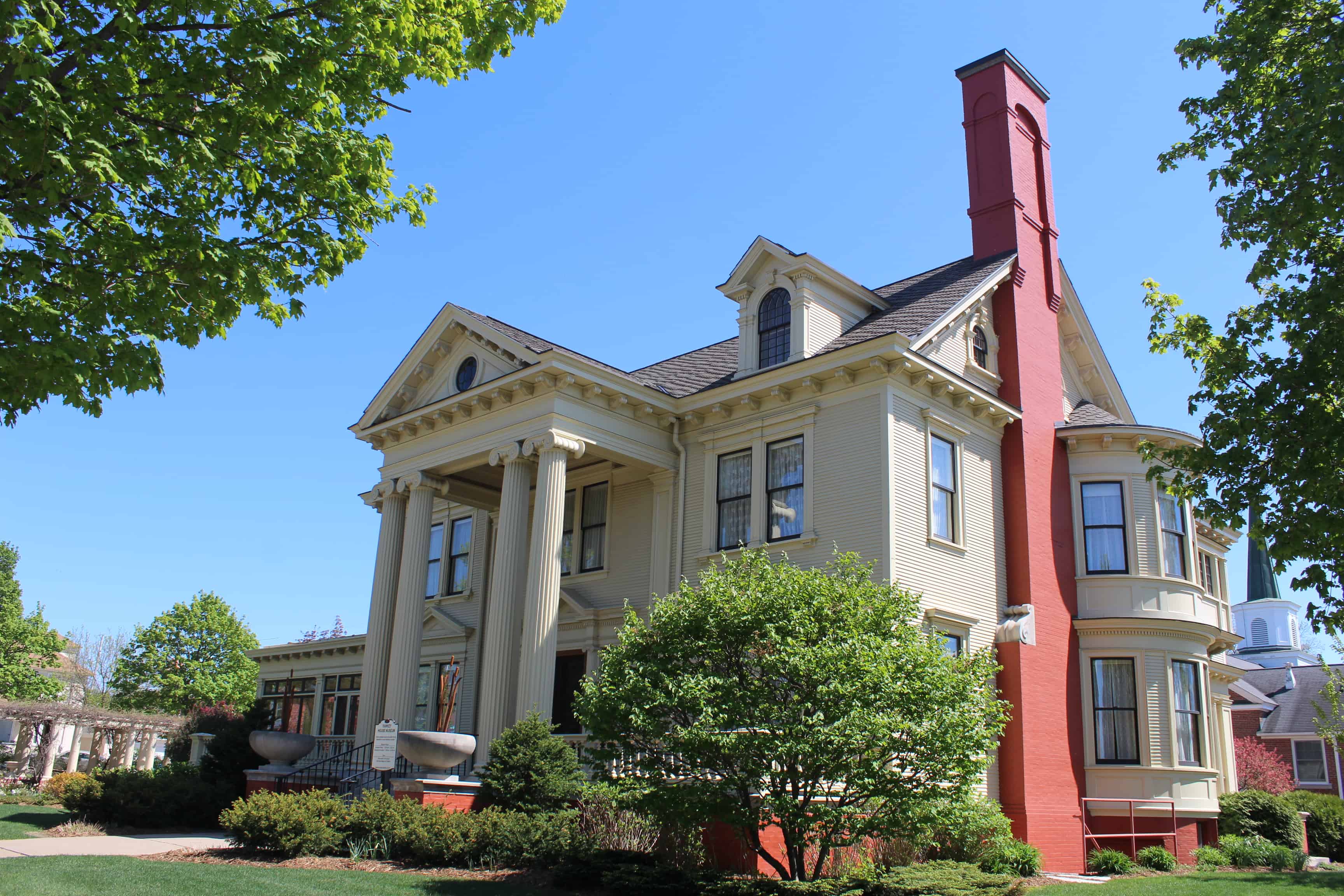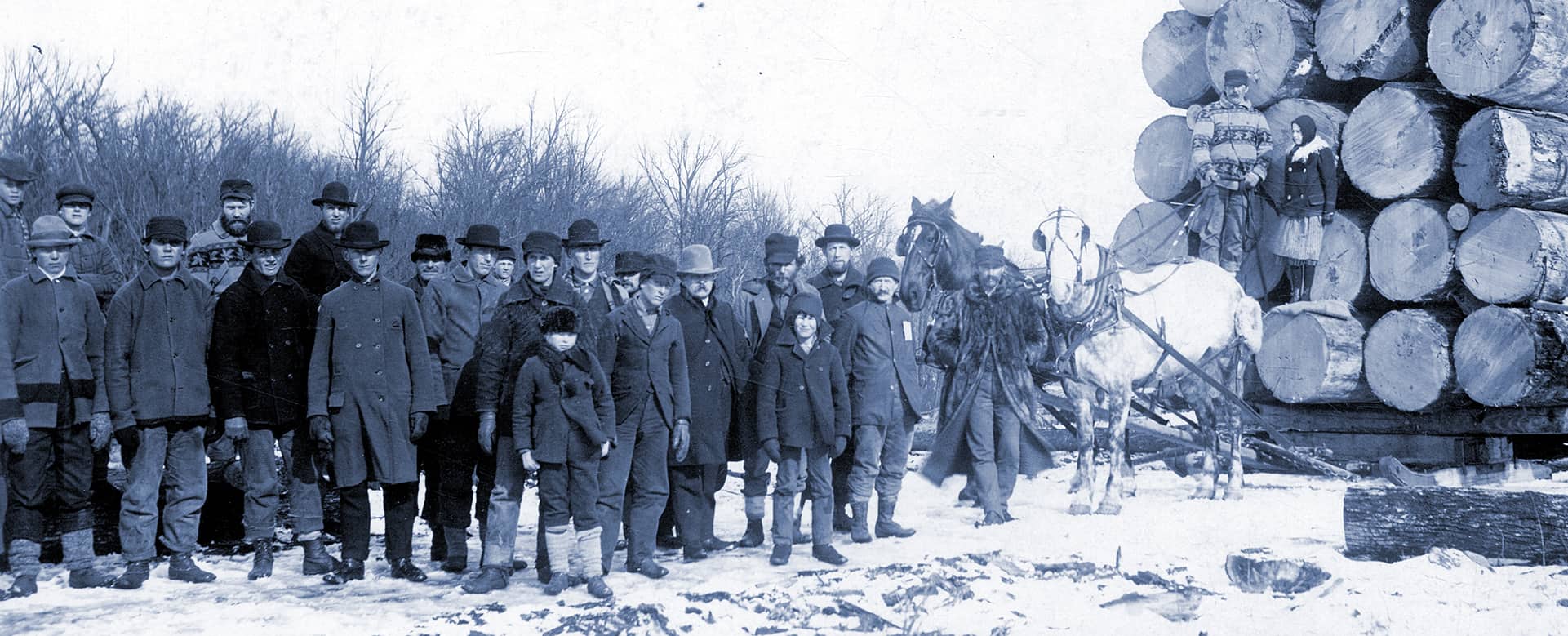
A Region at the Center of Progress
ELEVATE YOUR LIFE … Naturally.
Image Credit: Marathon County Historical Society
Wisconsin River Gives Rise to an Epic Story
It’s rare to find a place with a population of around 130,000 people that has as much to offer as the Greater Wausau Region. Go for a swim or run before work, do some shopping or visit a museum in the afternoon and take in a theater performance in the evening. The progressive spirit of this region has its roots in our founding.
Wausau was built by hardworking settlers who recognized the potential in manufacturing communities. The Wisconsin River led them here in 1839 when the area was known as Big Bull Falls due to the rapid waters. Later it was named Wausau, which translates to "a faraway place."
It certainly was a distance for the lumbermen who traveled upriver to turn the pine forests into lumber for building their communities. Naturally, many sawmills sprang up along the riverbanks of central Wisconsin as the lumber barons moved in.
The Yawkey House Museum is a fine example of a wealthy lumberman’s house with beautiful stained glass, art glass light fixtures and many original furnishings. Leigh Yawkey Woodson donated this house — the home of her late parents, Cyrus and Alice Yawkey — to the Marathon County Historical Society in 1954.
Where History Is Cherished and Preserved
As the lumber and paper industries continued to blossom, banks, department stores, restaurants, barbershops and taverns populated the region.
Agriculture also became a thriving industry as increasing numbers of laborers needed to feed their families. Settlers eventually moved beyond the city limits of Wausau to the Village of Schofield and then Rothschild where the Pavilion in Pine Park became a popular recreation destination.
With the arrival of the railroad in 1874, Marathon County was more accessible to people and industry and saw an influx of German immigrants. Churches and social organizations flourished.
When the 20th century brought economic challenges, a forward-thinking group of residents known as the Wausau Group worked to transform the area’s struggling economy into a growing one. Insurance arose as a dominant industry, and manufacturing companies became major employers in the area.
Through it all, there has been a long tradition of civic-minded individuals who treasured this area and remained committed to its success and prosperity. A real spirit of innovation and melding of ideas continues today as our community reaches for greater heights than ever before and takes on national and global competition.
To dig deeper into the area’s history, visit the Marathon County Historical Society or take a stroll through Wausau’s famous historic neighborhoods, like the Andrew Warren Historic District and East Hill. You’ll find impressive examples of Greek Revival, Italianate, Queen Anne, Classical Revival and Prairie School architecture.




